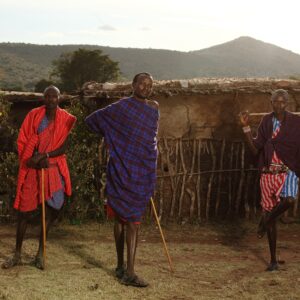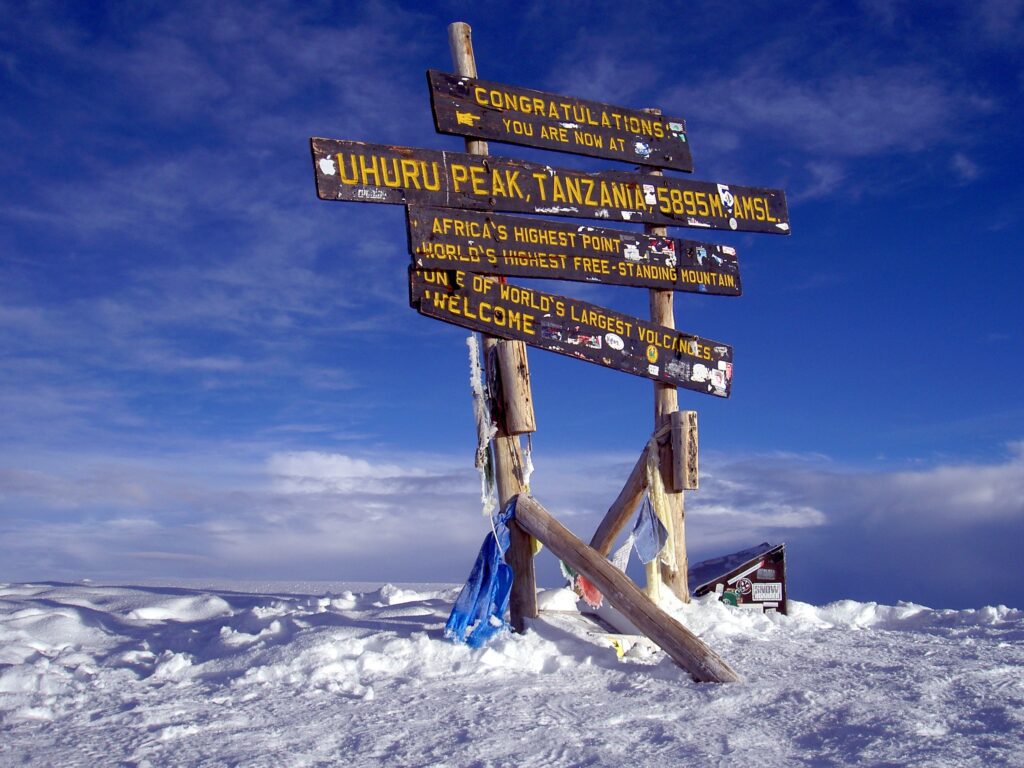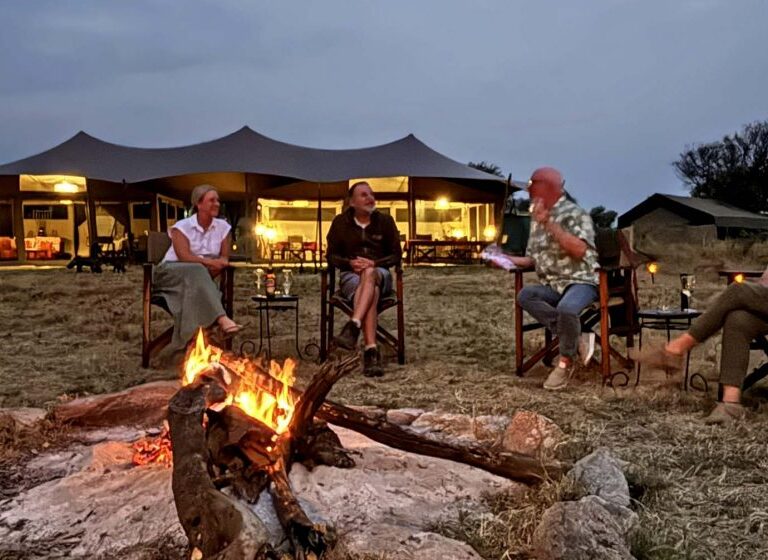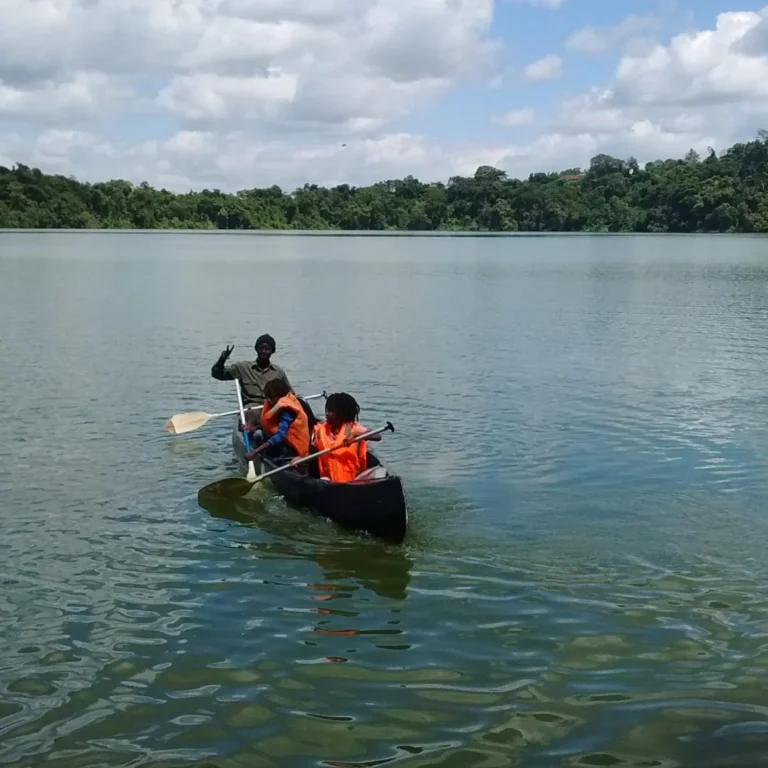Mountaineering is a pursuit that tests the limits of human endurance, skill, and determination deadliest Mountains to Climb in the World. While the reward of conquering towering peaks is unparalleled, some mountains demand a steep price for their summit. These are the deadliest mountains in the world—harsh, unforgiving giants that have claimed countless lives over the years. Below, we delve into these perilous peaks, exploring their dangers, allure, and history.
1. Annapurna I (8,091 meters, Nepal)
Fatality Rate: ~32%: Annapurna I, the tenth-highest mountain in the world, holds the grim title of the deadliest mountain for climbers. Its technical challenges, frequent avalanches, and unpredictable weather make it a formidable adversary.
Why It’s Deadly: The south face of Annapurna I is considered one of the most treacherous climbs on Earth, with steep rock and ice walls prone to avalanches. Even the more “accessible” routes are fraught with unstable snow conditions and sudden storms.
Notable Tragedy: In 1997, a French team lost three climbers to an avalanche, a stark reminder of the mountain’s lethality.
2. K2 (8,611 meters, Pakistan/China)
Fatality Rate: ~29% before 2000, ~21% in recent years
Known as the “Savage Mountain,” K2 is the second-highest peak on Earth and arguably the most dangerous. Its icy slopes, frequent avalanches, and volatile weather have tested even the most seasoned climbers.
Why It’s Deadly: K2’s steep ascent, coupled with its remote location, makes rescue operations nearly impossible. The “Bottleneck,” a perilous section near the summit, requires climbers to traverse under massive, unstable ice seracs.
Notable Tragedy: The 2008 disaster on K2 claimed 11 lives in a single day, as an icefall in the Bottleneck stranded climbers in treacherous conditions.
3. Nanga Parbat (8,126 meters, Pakistan)
Fatality Rate: ~22%: Dubbed the “Killer Mountain,” Nanga Parbat is notorious for its sheer faces and extreme difficulty. It is the ninth-highest peak in the world and remains one of the most challenging climbs in the Himalayas.
Why It’s Deadly: The Rupal Face, the tallest rock wall on Earth, is a daunting vertical challenge. Add to that unpredictable weather and crevasse-laden glaciers, and you have a recipe for disaster.
Notable Tragedy: In 1970, Günther Messner, brother of legendary climber Reinhold Messner, perished in an avalanche during their pioneering ascent of the Rupal Face.
4. Mount Everest (8,849 meters, Nepal/China)
Fatality Rate: ~3% (but due to the volume of climbers, it has claimed over 300 lives)
Though it is the tallest mountain on Earth and draws thousands of climbers annually, Mount Everest is not the deadliest by percentage. However, the sheer number of fatalities makes it one of the most infamous deadliest Mountains to Climb in the World.
Why It’s Deadly: The “Death Zone” above 8,000 meters presents extreme physiological challenges, including hypoxia, frostbite, and exhaustion. Traffic jams near the summit have increased risks, leaving climbers stranded for hours in perilous conditions.
Notable Tragedy: The 1996 Everest disaster claimed eight lives in a single storm, immortalized in Jon Krakauer’s book Into Thin Air.
5. Kangchenjunga (8,586 meters, Nepal/India)
Fatality Rate: ~20% The third-highest mountain in the world, Kangchenjunga is revered as sacred but feared for its deadly challenges. Its remote location and treacherous weather conditions make it one of the most perilous climbs deadliest Mountains to Climb in the World.
Why It’s Deadly: Climbers face frequent avalanches, deep crevasses, and severe cold. Additionally, the summit’s isolation makes evacuation efforts extremely difficult.
Notable Tragedy: In 2013, five climbers perished on Kangchenjunga due to exhaustion and altitude sickness while descending from the summit.
6. Mount Denali (6,190 meters, USA)
Fatality Rate: ~5% North America’s highest peak, Denali, may not match the altitudes of the Himalayas, but its extreme conditions and isolation make it one of the deadliest climbs.
Why It’s Deadly: The mountain’s location near the Arctic Circle results in sub-zero temperatures, fierce winds, and crevasse-laden glaciers. Deadliest Mountains to Climb in the World Climbers must also carry heavy loads for long distances, adding to the physical toll.
Notable Tragedy: In 1967, the Wilcox Expedition faced a tragic storm that led to the deaths of seven hikers.
7. Mont Blanc (4,809 meters, France/Italy)
Fatality Rate: ~1%, but over 6,000 deaths recorded. Though not as high as other peaks on this list, Mont Blanc has claimed more lives than any other mountain due to its popularity and accessibility.
Why It’s Deadly: Avalanches, rockfalls, and sudden weather changes make Mont Blanc dangerous, particularly for inexperienced hikers.
Notable Tragedy: In 2012, a sudden avalanche killed nine climbers, highlighting the risks of this “approachable” peak.
8. Dhaulagiri (8,167 meters, Nepal)
Fatality Rate: ~16% – Dhaulagiri, the seventh-highest mountain in the world, is a stunning but perilous peak. Its name, meaning “White Mountain,” belies the dangers hidden in its snowy facade.
Why It’s Deadly: The mountain’s steep ice and snow slopes, combined with unpredictable weather, pose significant challenges. Climbers often face high winds and avalanches during their ascent.
Notable Tragedy: In 1969, an American team lost seven members to an avalanche, underscoring the mountain’s lethal nature.
9. Matterhorn (4,478 meters, Switzerland/Italy)
Fatality Rate: ~500+ lives lost since 1865. The Matterhorn’s iconic shape makes it a bucket-list climb for many, but it is fraught with risks. Deadliest Mountains to Climb in the World. Its sharp ridges and frequent storms make it particularly dangerous.
Why It’s Deadly: Falling rocks, sudden weather changes, and technical challenges along the Hörnli Ridge have led to numerous fatalities. The mountain attracts hikers of varying skill levels, often with tragic results.
Notable Tragedy: The first ascent in 1865 ended in disaster when four hikers fell to their deaths during the descent.
10. Siula Grande (6,344 meters, Peru)
Fatality Rate: Notoriously difficult, though statistics are sparse: This Andean peak became famous through Joe Simpson’s harrowing survival story in Touching the Void. Its steep faces and remote location make it an extremely challenging climb.
Why It’s Deadly: The ascent involves treacherous ice walls, crevasses, and extreme isolation. Rescues are nearly impossible in this remote region.
Notable Tragedy: Joe Simpson and Simon Yates’ ill-fated climb in 1985 nearly ended in disaster when Simpson broke his leg during the descent.
11. Mount Fitz Roy (3,405 meters, Argentina/Chile)
Fatality Rate: ~Extremely high for technical climbers
Mount Fitz Roy is not the tallest mountain in Patagonia, but it is one of the most technically demanding. Its sheer granite walls are a test of skill and endurance.
Why It’s Deadly: Frequent storms, icy conditions, and technical climbs make Fitz Roy a formidable challenge. Only the most skilled climbers attempt its summit.
Notable Tragedy: Several climbers have perished on its rugged faces due to falls or sudden weather shifts.
Why These Mountains Are So Deadly
The mountains listed above share common characteristics that amplify their danger:
Extreme Altitudes: Reduced oxygen levels strain the body, causing altitude sickness or hypoxia.
Unpredictable Weather: Sudden storms, freezing temperatures, and strong winds can create life-threatening conditions.
Technical Challenges: Steep faces, icefalls, and crevasses demand skill, precision, and experience.
Isolation: Remote locations make rescue operations difficult, if not impossible.
The Allure of Deadly Peaks
Despite the dangers, these mountains continue to attract climbers from around the world. The allure lies in the challenge, the opportunity to test one’s limits, and the chance to experience unparalleled beauty. Each successful summit is a testament to human perseverance and resilience.
Mountaineering is a pursuit that balances risk and reward. While these deadly peaks represent the pinnacle of challenge, they also serve as a sobering reminder of nature’s power. For those who dare to climb them, preparation, respect, and caution are paramount.
Deadliest vs Hardest vs Most Dangerous Mountains to Climb in the World
Deadliest mountains claim lives due to high fatality rates, often caused by avalanches, altitude sickness, and unpredictable weather. Hardest mountains demand exceptional technical skills, endurance, and mental fortitude, with routes featuring steep inclines and extreme conditions. Most dangerous mountains combine fatality risks with relentless physical and environmental challenges, testing even seasoned climbers. Peaks like Annapurna (deadliest), K2 (hardest), and Everest (most dangerous) exemplify these traits, making them icons of mountaineering peril and human
Interesting facts about Deadliest vs Hardest vs Most Dangerous Mountains to Climb
The world’s deadliest mountains, like Annapurna, have fatality rates exceeding 30%, highlighting their peril. The hardest, such as K2, demand unmatched technical expertise and resilience, with icy climbs and near-vertical ascents. Most dangerous peaks, including Everest, combine extreme weather, avalanches, and altitude risks, challenging even the most seasoned climbers. Interestingly, K2 has never been summited in winter until 2021, while Annapurna’s beauty hides its lethal unpredictability. These peaks inspire awe and respect worldwide.








